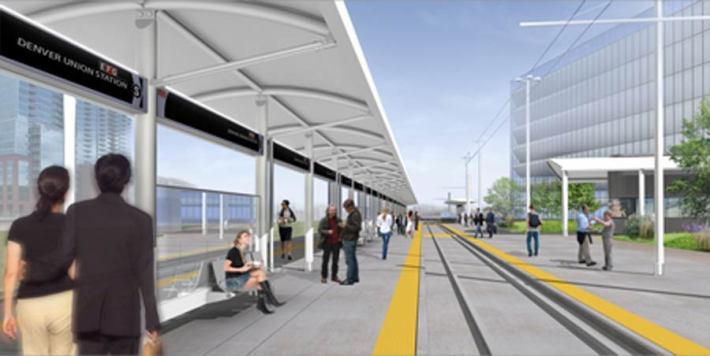If I told you there was a fantastic, $35 billion federal program to lend money for railroads to improve their infrastructure, you’d probably assume one of the following:

Wrong, wrong, and wrong! (Though all good guesses.) The Railroad Rehabilitation & Improvement Financing Program (RRIF) was first authorized (here in the USA) in 1976 and the program in its current form has been around since 1998. House Republicans spent several hours yesterday trying to figure out how to improve it (not kill it). And unlike other federal infrastructure financing programs, it’s vastly under-subscribed. Of the $35 billion it has at its disposal, it’s spent just $1 billion since 1998.
With the Republican assault on high-speed rail funding (which the House is trying to strip, down to the last penny, out of the FY2011 budget), RRIF could be a GOP-friendly funding mechanism for rail improvements, including for high-speed rail.
So why isn’t it being used to its full potential? That’s what the House Subcommittee on Railroads spent yesterday trying to figure out.
Bill Callison of the Wheeling & Lake Erie Railway Company gave the committee a sense of where RRIF could be improved.
The story of our RRIF loans can be fairly described as the good, the bad and the ugly. The “good” is the results of those loans. We have a $25 million RRIF track rehabilitation loan that allowed us to take approximately 120 miles of track from 25 miles per hour (with numerous 10 mile-per-hour “slow orders”) to 40 miles per hour… We also have a $14 million loan which allowed us to purchase 150 open top hopper cars during a tight equipment market… The “bad” was the length of time it took to secure those loans… The “ugly” was what took place at the end of the process for the second loan.
Though RRIF loans are supposed to be processed within 90 days, Callison’s experience is far from unique. His loans took 18 and 10 months start to finish, respectively, creating “ugly” problems such as interest incurred from a bridge loan made necessary by the delays, as well as damaged relationships with suppliers and customers.
RRIF is attractive to rail companies because of its low interest rates and long repayment periods – sometimes as long as 35 years. It’s also unique for recognizing track, rights-of-way and transportation facilities as collateral. And it makes loans available to help railroads refinance existing debt, although the FRA de-prioritized refinance loans last September, a move some experts criticize, since refinancing helps railroads pay for their own infrastructure improvements, rather than debt service.
All the witnesses told the committee that RRIF has to do a better job enforcing the mandated 90-day turnaround time for loan decisions. Some witnesses also asked the Federal Railroad Administration, which administers RRIF, to stop adding criteria to its guidance that isn’t in the original mandate.
Richard Timmons of the American Short Line and Regional Railroad Association also criticized RRIF’s establishment of “politically correct” priorities like noise reduction, reduction of highway freight traffic, “development of interconnected livable communities,” and expanded access for people with disabilities. Timmons said these goals “have nothing to do with short line railroads that are preserving light density rail lines in rural and small town America.”
Other witnesses suggested that the FRA help the applicants bear the risk of default, as TIFIA does. RRIF recipients now bear the risk alone through payment of a credit risk premium. Tom Loftus of the High Speed Rail Alliance suggested that RRIF loans be more flexible and open to modifications like deferred debt payments and subsidized interest rates.





